Billboard advertising has long been a staple of marketing campaigns across a variety of industries. From promoting products to increasing brand awareness, billboards have proven to be an effective way to reach a broad audience. However, while many people believe that billboard advertising only works on a conscious level, there is a growing body of evidence that suggests that subconscious advertising is just as effective, if not more so.
In this blog post, we will explore the different techniques used in subconscious advertising in billboard marketing, the reasons why it is so effective, and the impact it has on consumers.

What is Subconscious Advertising?
Subconscious advertising is a marketing technique that relies on appealing to the subconscious mind of the consumer.
This type of advertising targets the parts of the brain that are responsible for decision-making, emotion, and memory. By using visual cues and other stimuli, subconscious advertising can influence a person’s behavior and decision-making without them even realizing it.
One of the key ways that subconscious advertising works is through the use of cognitive priming.
Priming is a psychological concept that refers to the process of influencing a person’s behavior by exposing them to certain stimuli.
In the case of subconscious advertising, the stimuli are often visual cues, such as colors, symbols, or images. These stimuli can trigger certain associations or emotions in the subconscious mind of the consumer, which can then influence their behavior.
For example, a billboard advertising a luxury car might use images of a sleek, shiny car and a well-dressed model standing next to it.
The use of these visual cues can trigger associations with wealth, success, and status in the subconscious mind of the viewer, which can then influence their desire to purchase the car.
Another way that subconscious advertising works is through emotional appeals.
Emotions play a powerful role in decision-making, and advertisers often use emotional appeals to trigger certain feelings or associations in the minds of consumers.
For example, a billboard advertising a soft drink might use bright, vibrant colors and images of happy, carefree people enjoying the drink.
The use of these visual cues can trigger positive emotions like happiness and joy in the subconscious mind of the viewer, which can then influence their desire to purchase the product.
Examples of Subconscious Advertising
There are many examples of successful subconscious advertising campaigns in billboard marketing. One such campaign was the “Think Different” campaign by Apple in the late 1990s. The campaign featured black-and-white images of famous historical figures like Albert Einstein and Mahatma Gandhi, along with the tagline “Think Different.”
The campaign was designed to associate Apple with innovation and creativity, and the use of historical figures helped to establish a sense of authority and credibility.
Another successful subconscious advertising campaign was the “Share a Coke” campaign by Coca-Cola in 2011. The campaign featured personalized Coca-Cola bottles with the names of various individuals printed on them. The campaign was designed to encourage people to share the drink with others and to associate Coca-Cola with positive emotions like friendship and connection.

Subconscious Advertising in Billboard Marketing
There are several techniques used in subconscious advertising in billboard marketing. These techniques are effective in grabbing a viewer’s attention and creating a subconscious association with the product or service being advertised.
Colors
One of the most common techniques is the use of color psychology. Colors have a powerful effect on the subconscious mind, and advertisers often use specific colors to evoke certain emotions or associations in the minds of consumers.
For example, the color red is often used in advertising to create a sense of urgency or excitement. This is why many fast-food chains use red in their branding and advertising. Blue, on the other hand, is often associated with calmness and trust, which is why many financial institutions use blue in their branding and advertising.
Repetition
Another common technique used in subconscious advertising is repetition.
Repetition can help to reinforce certain associations or messages in the minds of consumers.
For example, a billboard advertising a new product might feature the same product image or slogan repeatedly, which can help to build brand recognition and familiarity over time.
Symbolism
Symbolism is another powerful tool used in subconscious advertising.
Symbols can trigger associations or emotions in the subconscious mind of the consumer, even if they are not consciously aware of it.
For example, the Nike swoosh symbol is widely recognized as a symbol of athleticism and determination, and the symbol alone can evoke these emotions in the minds of viewers.
Association
Subconscious association in advertising refers to the practice of creating a positive association between a product or service and certain emotions, values, or experiences that the advertiser believes will resonate with the target audience.
By doing so, the advertiser aims to create a subtle, subconscious connection between the product or service and the desired emotions or experiences in the viewer’s mind, even if the viewer is not consciously aware of it.
Impact of Subconscious Advertising on Consumers
While subconscious advertising can be an effective tool for marketers, it also raises ethical concerns.
Many people argue that consumers should be able to make informed decisions based on rational thinking and not be manipulated by subconscious cues or emotions.
However, it is also important to acknowledge the impact that subconscious advertising can have on consumer behavior and decision-making. Studies have shown that subconscious advertising can influence everything from product preferences to political beliefs.
Consumers can protect themselves from the influence of subconscious advertising by becoming more aware of the techniques used in advertising and by being mindful of their own emotional responses. By paying attention to the visual cues and messaging in advertising, consumers can make more informed decisions about the products they buy and the brands they support.
Subconscious advertising in billboard marketing can be a powerful tool to can influence consumers in ways they may not even realize. By understanding the techniques used in subconscious advertising and the impact it can have on consumers, individuals can make more informed decisions about the products they buy and the marketing they are exposed to.
As consumers, it is important to be aware of the tactics used in advertising and to be mindful of our own emotional responses in order to make rational and informed decisions.
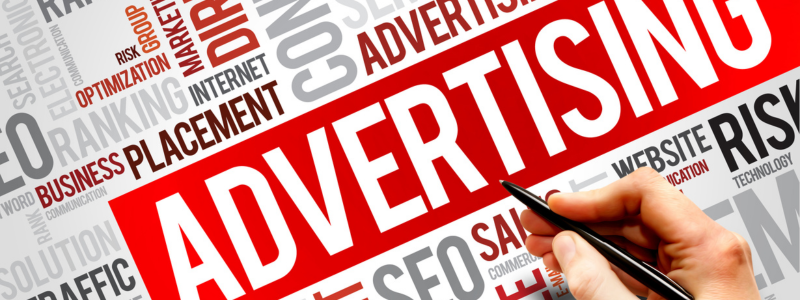
bMedia: The Experts in Advertising
bMedia Group is a renowned advertising company that has established itself as a leader in the advertising industry. We offer a wide range of advertising solutions to our clients, ranging from traditional to digital advertising.
One of the key reasons why bMedia is considered a leader in advertising is our expertise in creating highly-targeted and effective advertising campaigns. The company has a deep understanding of consumer behavior and uses this knowledge to create advertising campaigns that resonate with the target audience. This approach has led to the creation of highly successful campaigns for a range of clients across different industries.
In addition to our expertise in creating effective advertising campaigns, bMedia also has a strong focus on innovation. We are constantly exploring new technologies and advertising platforms to ensure that our clients stay ahead of the curve. This approach has led to the development of innovative advertising solutions, such as augmented reality advertising and programmatic advertising.
When it comes to ways to advertise, bMedia Group offers a wide range of options to our clients. Some of the traditional advertising options include billboards, bus shelters, and transit advertising. These options are highly effective for creating brand awareness and reaching a large audience.

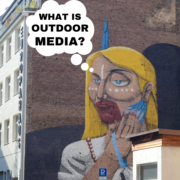

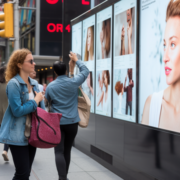
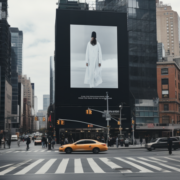
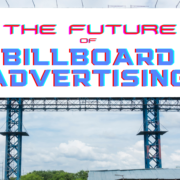

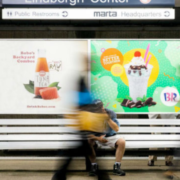


 787 792 4113
787 792 4113
